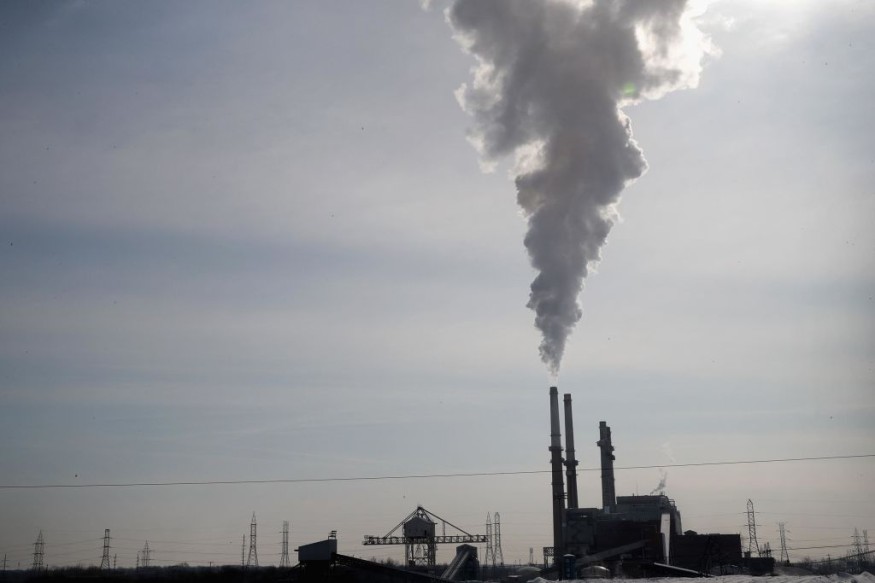Air pollution can be easily seen when it settles as smog covering a particular area, but in rural places where the air appears clearer, scientists recently revealed what they describe as "invisible pollutants" floating in the air.
As specified in a ScienceAlert report, below 2.5 micrometers in diameter or PM2.5 is believed to have caused the most harm to the health of humans, as these pollutants are tiny enough to seep deep into the longs, "damaging the cells and tissues" that stay there.
Therefore, as a guidance, the World Health Organization has set a safety threshold for ambient levels of PM2.5, and yet such a line in the sand is overlooking the nuances of inherently toxic chemicals.
Developing research proposes the mass of "fine particulate matter" could be less essential for human health compared to its chemical makeup.
That's because certain lighter particles are more possible to generate reactive oxygen species, which can have toxic impacts on human health.

Similar Oxidative Levels in 4 Areas Compared
When the United States researchers compared three urban areas to one rural area in the midwest, they discovered similar oxidative levels at all four areas. That was true although the rural area had a somewhat lower PM2.5 mass.
Whereas, agricultural activities only contributed 12 percent of the PM2.5 mass of the rural rite, they accounted for over 60 percent of the cellular oxidative potential of the region.
Essentially, the oxidative potential of most urban areas, on the other hand, was below 54 percent. In general, the study published in the Journal of Hazardous Materials specifies that the sources that contribute considerably to PM2.5 mass are not essentially equally vital in terms of their health impacts.
Rather, the study authors contend the health metrics for air pollution need to be based "more on the toxic potential of fine particles" compared to their actual.
PM2.5 Mass
The research is based on weekly samples of PM2.5, which were collected in 2018, during summer and fall, and in 2019 during winter and spring from Chicago, Indianapolis, and St. Louis, and rural locations in Illinois.
Examining the samples' composition, mass, and oxidative potential, the researchers discovered a poor association between the fine particle matter's mass and toxicity.
A similar Science News report said lighter chemicals in rural sites were much more likely to generate unhealthy byproducts. As indicated in the study, floating traces of organic carbon and iron, for example, were strongly associated with cellular oxidative potential in the entire year.
Moreover, other industrial chemicals such as aluminum, lead, manganese, and copper tended to increase during winter and fall.
'Strong Seasonality' of Results
These results in strong seasonality which proposes that a lot of the potentially toxic chemicals being breathed in rural Illinois are because of agricultural activities such as the application of herbicides and fertilizers.
Phosphate fertilizers sprayed on crops, for example, have heavy-metal pollutants such as chromium and lead that can easily infiltrate the air and the lungs. More so, copper fungicides are spared as well, in a similar way.
Coal combustion and biomass burning, even though they are located 12 kilometers from a coal-fired power plant, accounted for over 80 percent of the PM2.5 mass of Illinois.
Measuring individual chemicals' oxidative potentials though is much trickier compared to just weighing all ambient pollutants' mass.
The authors of the present research are hoping that their new approach can make testing for polluted air easier for environmental regulators, as well as policymakers moving forward.
Related information about PM2.5 mass is shown on AQ Fairbanks' YouTube video below:
RELATED ARTICLE : Harvard Researchers Link Particulate Matter from Air Pollution to Neurodegenerative Diseases
Check out more news and information on Air Pollution in Science Times.












